Ahead of the launch of new iPhones we often see dummy models created based on leaked schematics and specifications, with those models designed to let case makers create cases for the new devices ahead of their release. We got our hands on a set of dummy models that represent the iPhone 12 lineup, giving us our first close look at the iPhone 4-style design and the different size options.
Dummy models like these often turn out to be accurate, and given that these line up with the glut of rumors that we've had about the 2020 iPhones so far, the dummies are likely to represent what we can expect to see this fall in terms of size and overall body design.
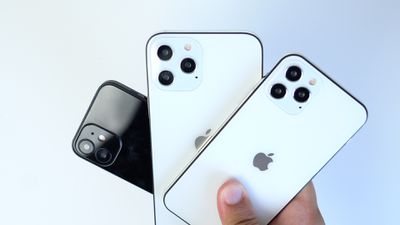
Apple is rumored to be releasing four iPhones in 2020: a 5.4-inch iPhone 12, a 6.1-inch iPhone 12, a 6.1-inch iPhone 12 Pro, and a 6.7-inch iPhone 12 Pro Max. The two "Pro" devices in 6.1 and 6.7-inch sizes will be higher-end, more expensive devices, while the 5.4-inch iPhone and other 6.1-inch iPhone will be more affordable similar to the iPhone 11.

All of the 2020 iPhones are expected to feature a new design that more closely resembles the iPhone 4 or the iPad Pro with a square-edged frame and a front and back glass body, which can be seen in the dummy models. It's a clean, sturdy design that will be a welcome departure from the rounded corners we've had for iPhones since the launch of the iPhone 6.
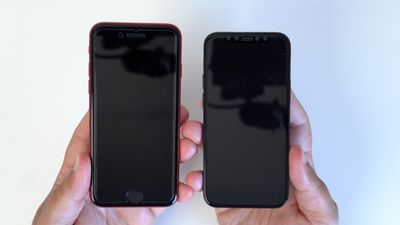
The 5.4-inch iPhone will be the smallest iPhone that Apple has released since the original iPhone SE. It's bigger than the original iPhone SE, but with its all-display design, it's smaller than the 4.7-inch 2020 iPhone SE and of course much smaller than the 5.8-inch iPhone 11 Pro.
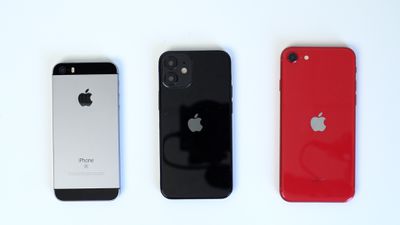
Though smaller than the 4.7-inch iPhone, it has a larger display because Apple is doing away with the bezels and the Touch ID Home button. All iPhones in 2020 will have full-screen OLED displays with Face ID and minimal bezels.
The 6.1-inch dummy model is larger than the 5.8-inch iPhone 11 Pro, as is expected, and it is similar in size to the iPhone 11, which was also a 6.1-inch device. Size wise, it's not too far off from existing iPhones, but the feel of the phone in the hand is different because of those flat edges.
The 6.7-inch model is the largest iPhone that Apple has ever released, and it's noticeably bigger than the 6.5-inch iPhone 11 Pro Max. For those who prefer larger displays, the 6.7-inch iPhone will be appealing.
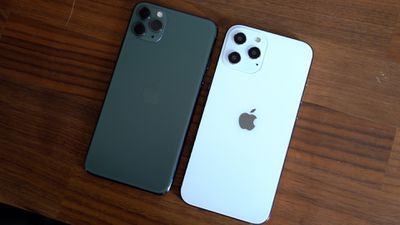
Apple's two lower-end iPhone models (5.4 and 6.1-inch) are expected to have dual-lens camera setups, while the higher-end models will have triple-lens cameras. There are also rumors that the Pro models could feature the same LiDAR Scanner introduced in the iPad Pro.
That LiDAR Scanner is not pictured in these dummy models, and that's because these are designed for case makers. Case makers care about the size of the rear camera bump, but what's in that bump doesn't matter to them.
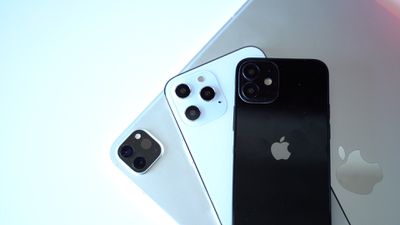
For that reason, these camera setups are not likely to accurately represent the actual camera modules added in the 2020 iPhones. The same goes for the front-facing camera setup. There have been rumors that the notch will be smaller and that the notch is the same size on these dummies is not necessarily an indication that those rumors are untrue.
There's one other major design change worth noting. There's a new cutout area underneath the power button on some of the dummy models, which is believed to be necessary for the 5G antenna on the devices. All of the 2020 iPhones are expected to support 5G speeds.
For more on what to expect in the 2020 iPhone lineup, including more detailed rumors on colors, camera setups, features, and accessories, make sure to check out our iPhone 12 roundup.























